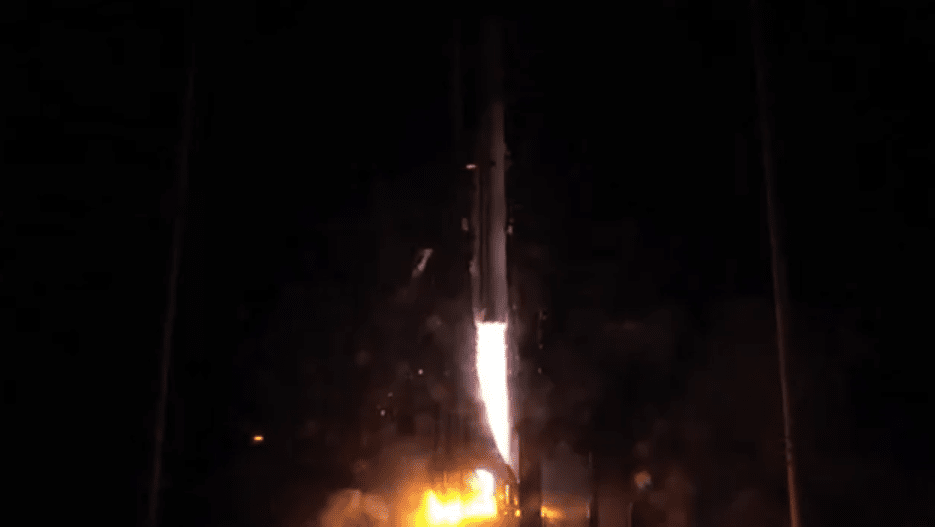The world’s first 3D-printed rocket made it off the launch pad Wednesday night but failed to reach orbit in a key test flight by a California-based aerospace startup.
Relativity Space’s Terran 1 booster lifted off at 11:25 p.m. ET from Florida’s Cape Canaveral Space Force Station. Several minutes into flight, however, mission controllers reported that the rocket experienced an anomaly with its upper stage that prevented it from successfully reaching orbit. The upper stage is designed to ignite separate engines midflight to boost it into space.
The Terran 1 rocket was not carrying any cargo or satellites on its inaugural flight. Instead, the test mission, nicknamed “Good Luck, Have Fun,” was designed to allow engineers to study how the booster performs at the launch pad and throughout its journey into space.
“No one’s ever attempted to launch a 3D-printed rocket into orbit, and while we didn’t make it all the way today, we gathered enough data to show that flying 3D-printed rockets is possible,” Arwa Tizani Kelly, a test and launch technical program manager for Relativity Space, said during live commentary of the event.
Few other details about the anomaly were provided. Company officials said engineering teams will analyze data from the flight in the coming days to determine what happened with the rocket.
Relativity officials have said 3D printing could make it cheaper to build rockets and manufacture space capsules and other components for missions to the moon and beyond.
Subscribe to AM Chronicle Newsletter to stay connected: https://bit.ly/3fBZ1mP
Follow us on LinkedIn: https://bit.ly/3IjhrFq
Visit for more interesting content on additive manufacturing: https://amchronicle.com


